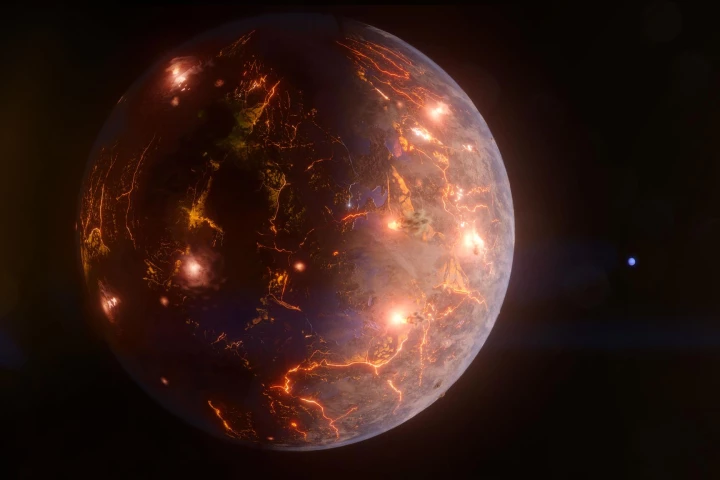Spitzer
-
A new, Earth-sized planet has been discovered only 90 light-years away. In astronomical terms, that’s right next door. Moreover, it may be capable of supporting life thanks to volcanic eruptions caused by the gravitational tug of a nearby planet.
-
Astronomers have discovered the most distant object ever seen – a strange galaxy some 13.5 billion light-years away. Named HD1, the galaxy may house a never-before-seen population of stars, or a supermassive black hole mysteriously ahead of its time.
-
A new instrument has made a short jaunt to space, as part of a mission to measure the total light ever emitted in the universe’s history. CIBER-2 will search for stray stars between galaxies by monitoring the cosmic background glow of infrared light.
-
Fresh research has cast doubt on the theory that energetic outbursts from young stars blows away the cocoon of gas from which they formed, which in turn prevents them from growing any further.
-
A new “Sonification” project from NASA's Chandra X-ray Center has translated visual data into sound, letting us hear the center of the Milky Way, the supernova remnant Cassiopeia A, and the Pillars of Creation nebula.
-
The Spitzer Space Telescope was retired this January. The observatory is responsible for some of the most stunning space photos ever taken, so to celebrate New Atlas is rounding up some of the absolute best infrared images snapped by Spitzer.
-
The Spitzer Space Telescope was decommissioned on Jan. 30 this year, after more than 16 years in operation. Now NASA has released the observatory’s last-ever mosaic image, giving us a glimpse into how it works and revealing new features of a nebula.
-
Following 16 years of service, NASA has finally retired its Spitzer Space Telescope, with the observatory having been instrumental in furthering our understanding of the universe through its discovery of distant galaxies and Earth-like worlds.
-
Astronomers use Hubble and Spitzer to forecast tonight's hot Jupiter weather report: cloudy with a chance of rocks.
-
NASA's Spitzer Space Telescope has provided new insights into a rocky exoplanet that may be very similar to the planet Mercury or Earth's Moon.
-
NASA astronomers have managed to probe the atmosphere of GJ 3470 b, a planet unlike any in our solar system. It marks the first time for this kind of world, and could be a step towards identifying potentially habitable planets.
-
Images taken by NASA's Spitzer Space telescope are providing insight into the phenomenon of "killer" galaxies that, when they merge, shut down star formation within the new united galaxies.
Load More











